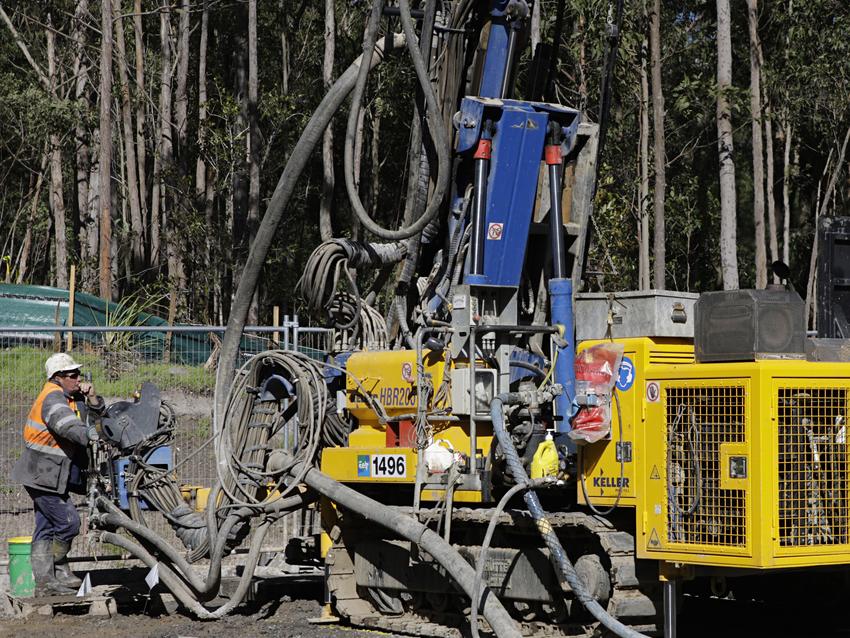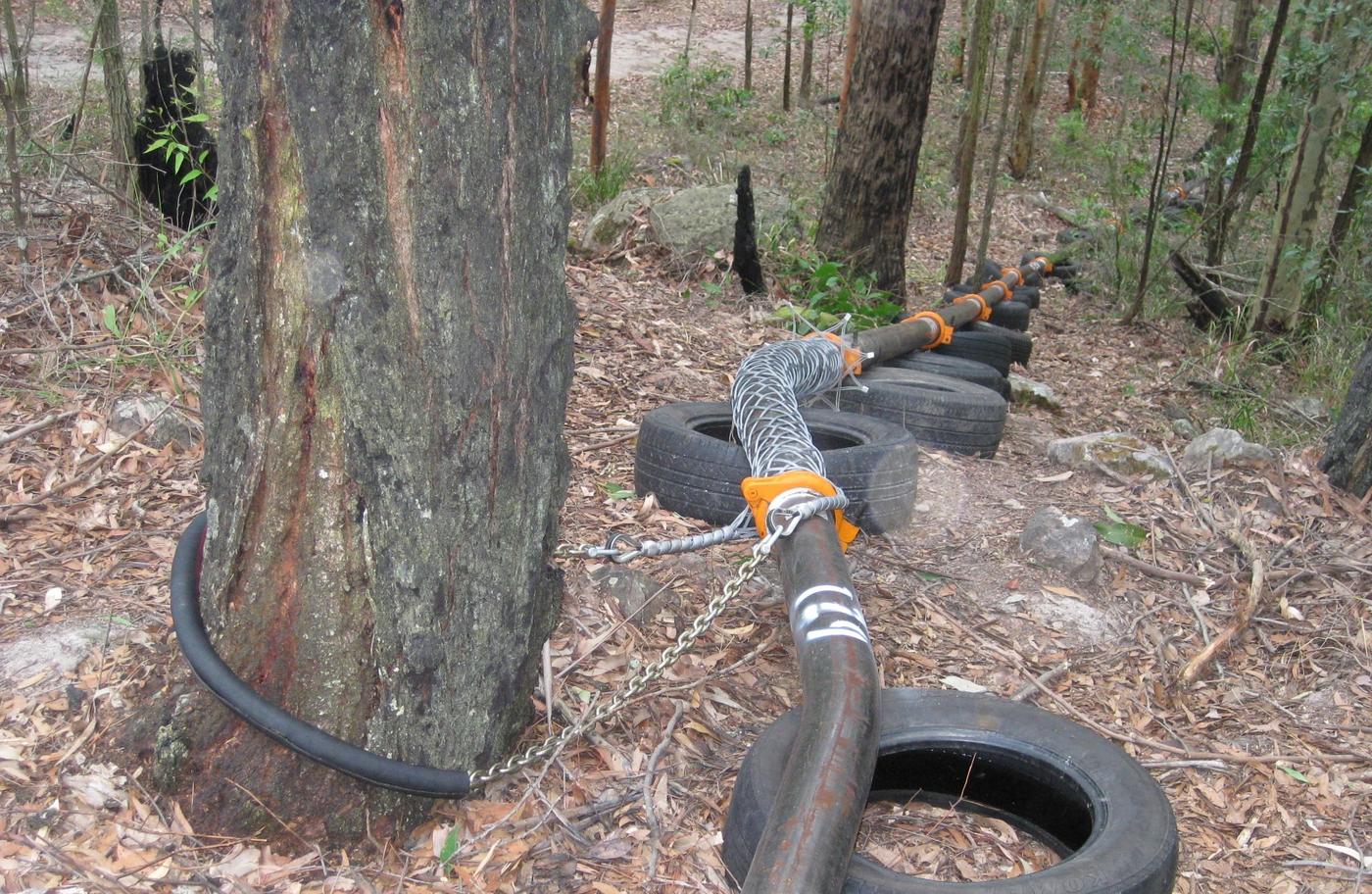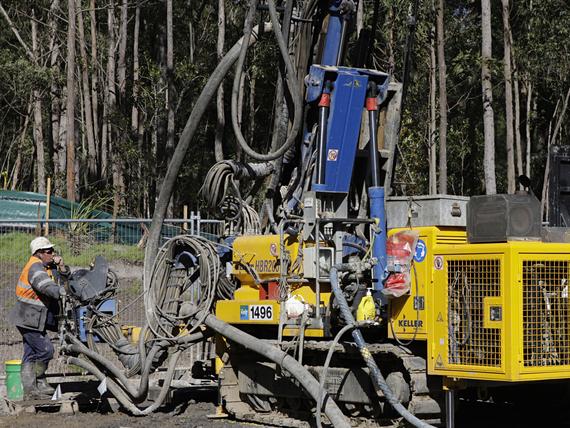With the use of proprietary down-hole camera to confirm findings and grout voids together with inclined drilling systems allowed Keller to perform the mine filling without the need of clearing large areas of bushland.

The project
Three viaducts, up to 30m high and 400m long, were needed to allow the new Hunter Expressway to cross a series of steep-sided valleys in a former mining area. Keller working in an alliance with the general contractor stabilised the deep mine workings underlying the planned route to mitigate the risk of potential surface settlement caused by subsidence.
The challenge
The project presented a number of challenges: difficult access because of the steep topography; working in a protected area of sensitive bush; on-going subsidence and complete collapse of mining voids; and the risk of spontaneous combustion in some of the coal seams.
The solution
Desk studies and investigations identified the location and condition of the voids. This was confirmed by down-hole cameras and sonar in the grout boreholes before treatment. Keller drilled a total of 900 inclined boreholes to depths of up to 150m, and sourced, mixed, pumped and injected 200,000m3 grout. The grout consistency was varied to best address the void conditions (collapsed, open, partially collapsed) and void size. Oxygen entry into the voids was restricted to limit the risk of spontaneous combustion via managing the drilling techniques used and sealing of borehole caps. Treatment was validated by laboratory and field testing, volume prediction, coring and mine void camera inspections.

